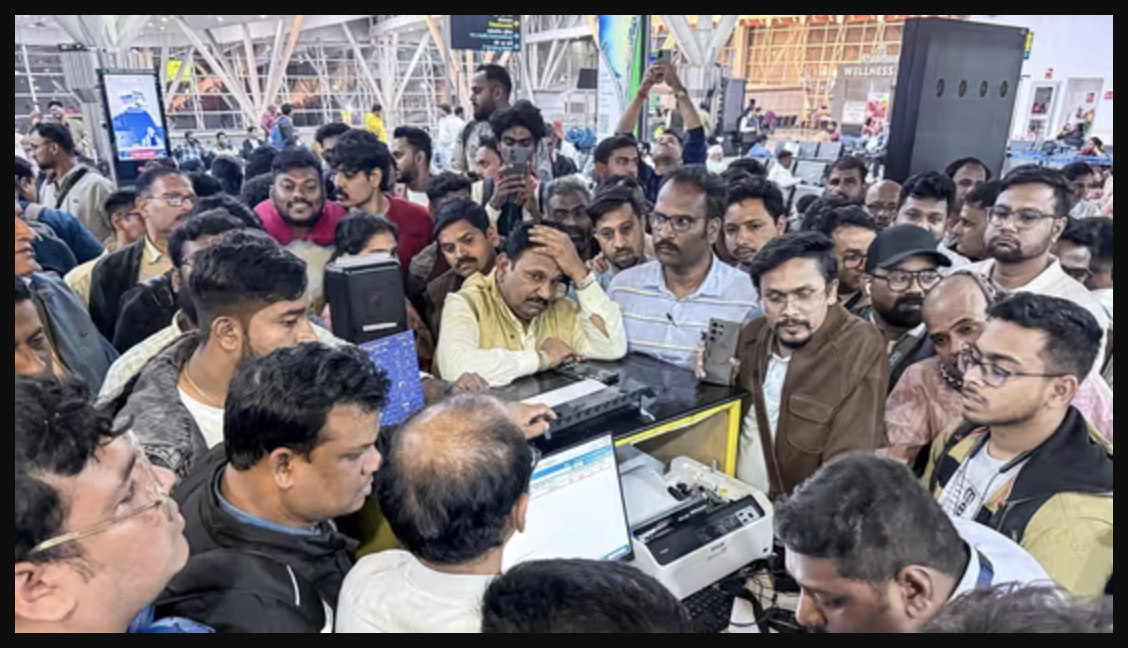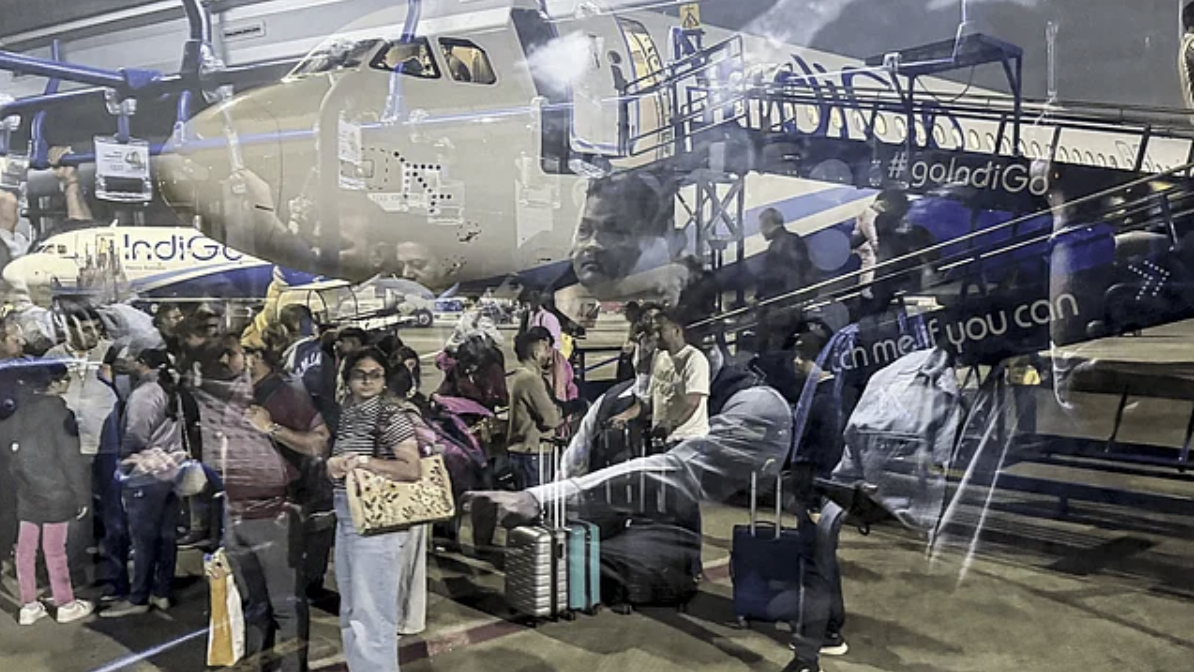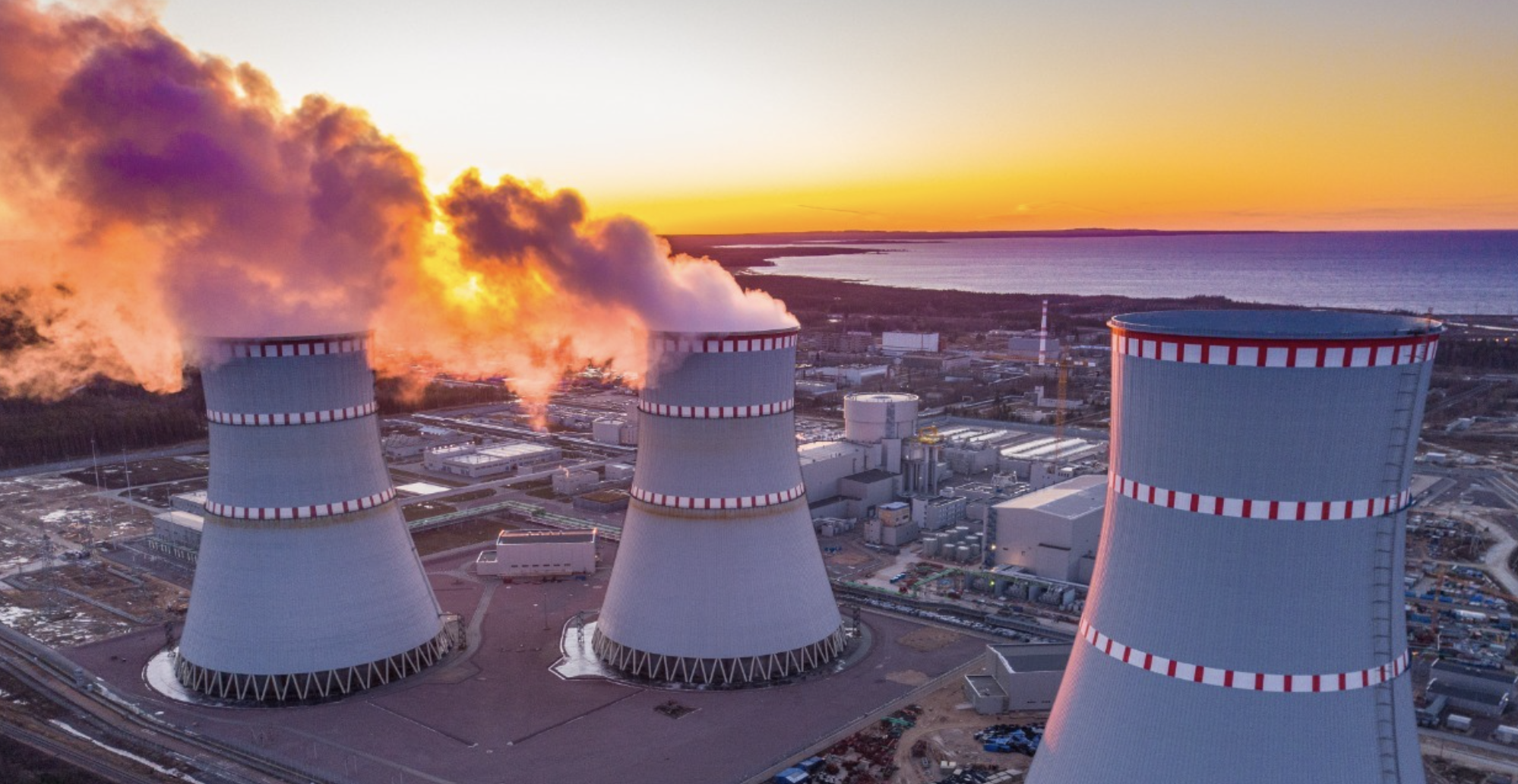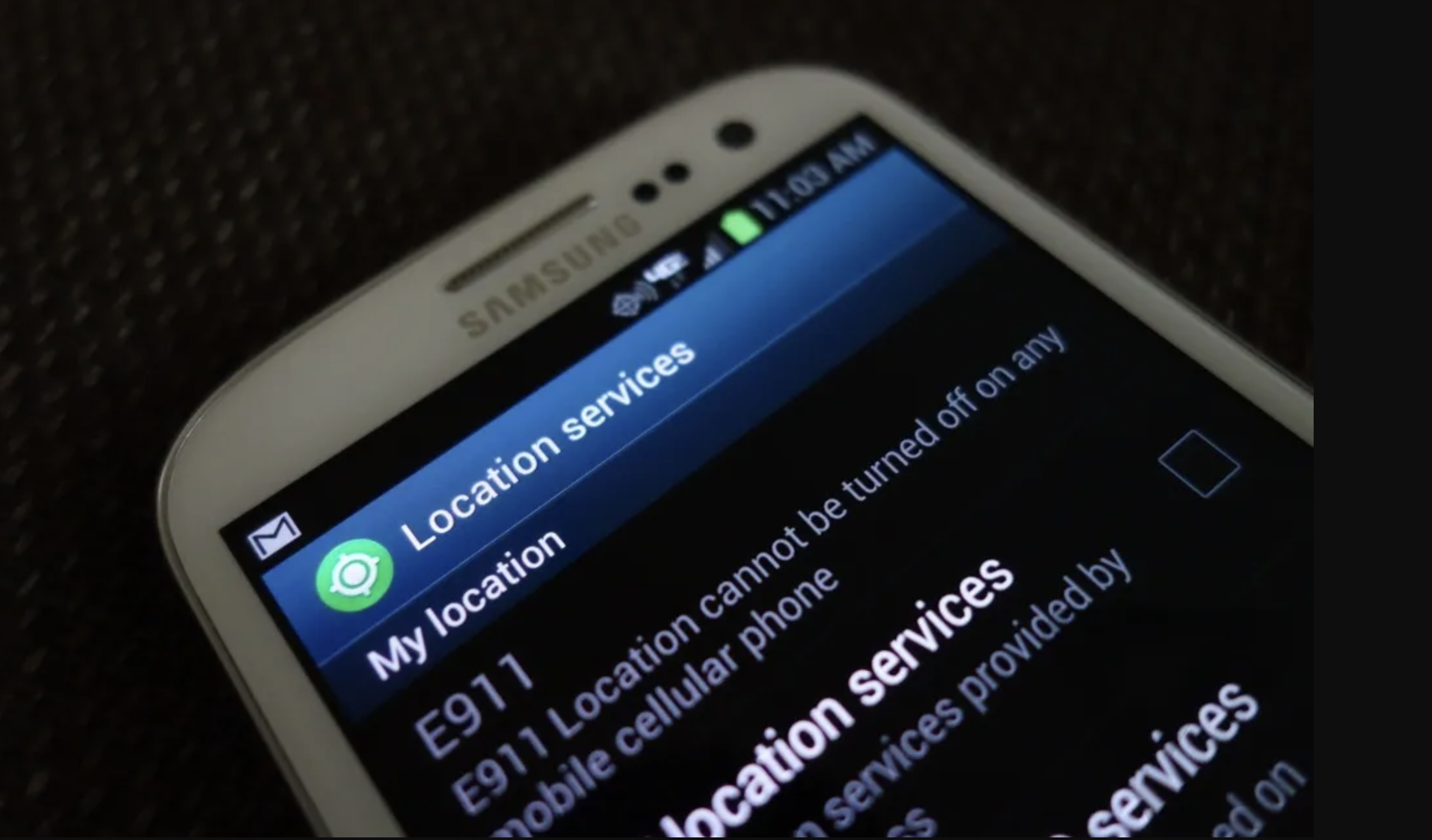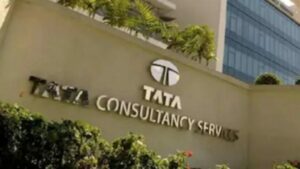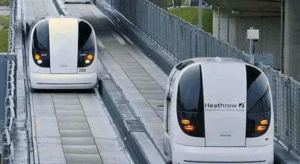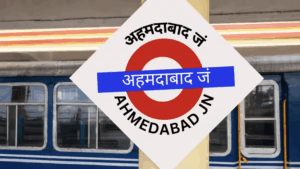Starting April 1st, India’s national highways and expressways raised their toll charges by an average of 4 to 5%, as per the announcement by the National Highways Authority of India (NHAI).
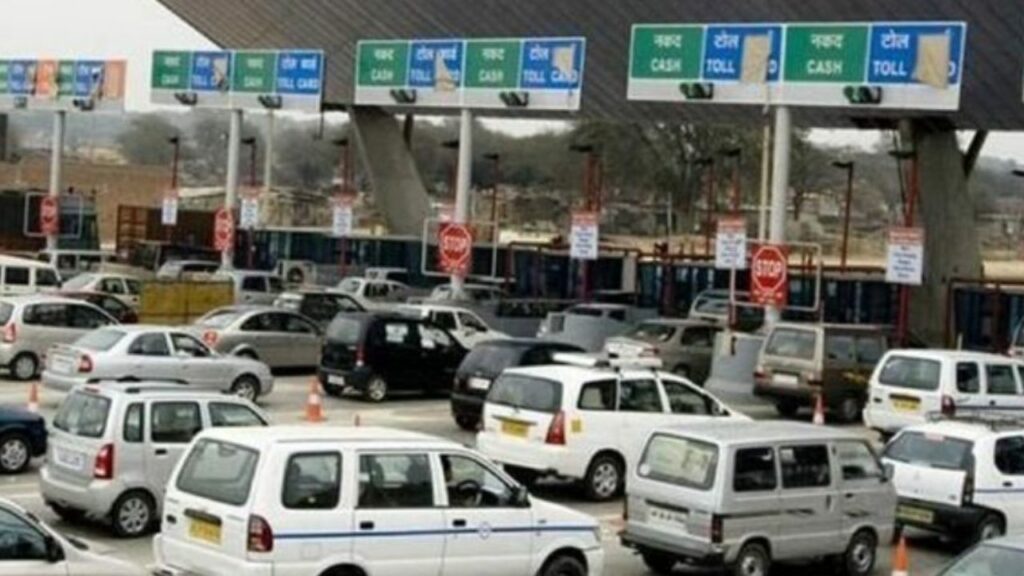
Hike In Highway Toll Charges
Earlier they have had a similar hike in June 2024, so this is the second increase within a year.
Basically, this adjustment is part of NHAI’s annual review in a bid to align toll rates with inflation based on the wholesale price index.
This simply means that higher toll rates will be applicable to several major routes across the country.
For instance, the one-way toll for cars and jeeps travelling from Sarai Kale Khan to Meerut, the Delhi-Meerut Expressway
will rise from ₹165 to ₹170.
Similarly, the toll rates for the trip from Ghaziabad to Meerut will increase from ₹70 to ₹75.
For the light commercial vehicles and buses they will have to pay ₹275 per trip, and trucks will be charged ₹580.
These changes will also be applicable to the highways around Lucknow, including those connecting to Kanpur, Ayodhya, Raebareli, and Barabanki.
So, the light vehicles will have to face an extra ₹5 to 10 per trip, while heavy vehicles will pay an additional ₹20 to 25 on these routes.
Please note here that tolls for private cars and jeeps will stay the same, on the Delhi-Jaipur Highway, at the Kherki Daula toll plaza.
Although, larger vehicles will witness an increase of ₹5 per trip.
This would also affect the prices for the monthly pass for cars as they will rise from ₹930 to ₹950, and for commercial cars and jeeps, it will go from ₹1225 to ₹1255.
Similarly, the single-trip tolls for light motor vehicles and minibuses will increase from ₹120 to ₹125.
A Necessity For Road Maintenance
So far, India has 855 toll plazas which are part of the national highway network.
Out of these, around 675 are government-funded, while 180 are run by private operators.
This system further operates under the National Highways Fee (Determination of Rates and Collection) Rules, 2008.
In response to this, the reactions among commuters varies as some accept the hike as a necessity for road maintenance.
On the other hand, others are frustrated by the frequent increases.
This additional revenue will support highway upkeep and expansion projects according to the NHAI.
“The toll fee change is an annual exercise linked to inflation based on the wholesale price index,” said a senior highways ministry official.
These new toll rates will be effective from 1 April 2025, with current tolls applying until midnight on 31 March 2025.
While detailing the revised charges, NHAI issues separate notifications for each highway and expressway.
We hope the details provided here can help travelers in planning their journeys as per these latest changes.
